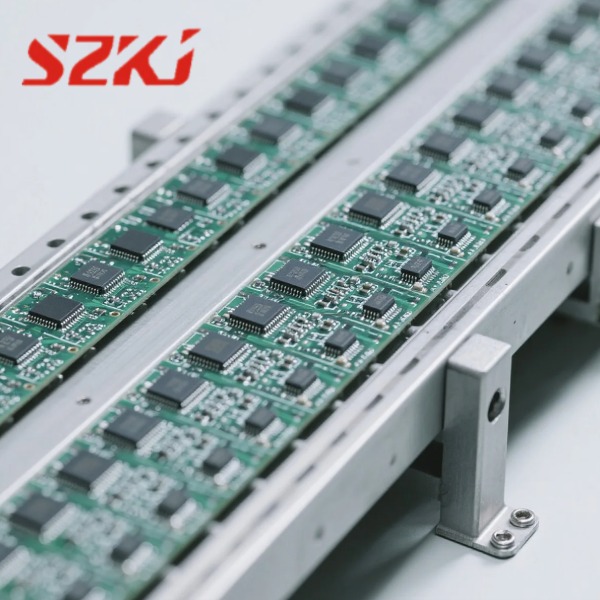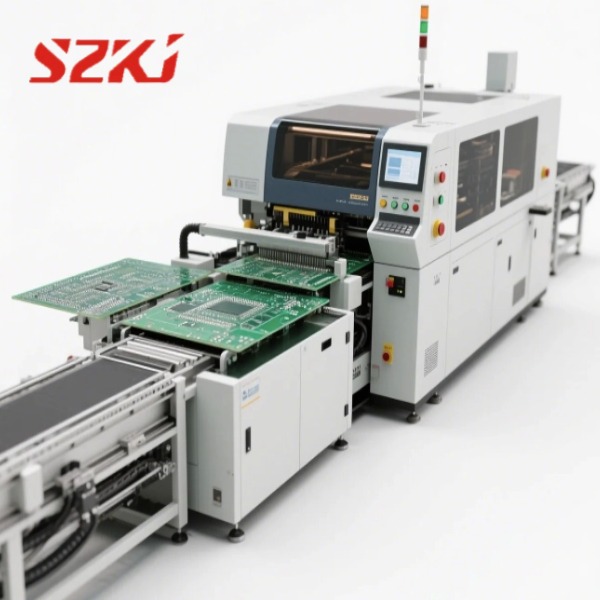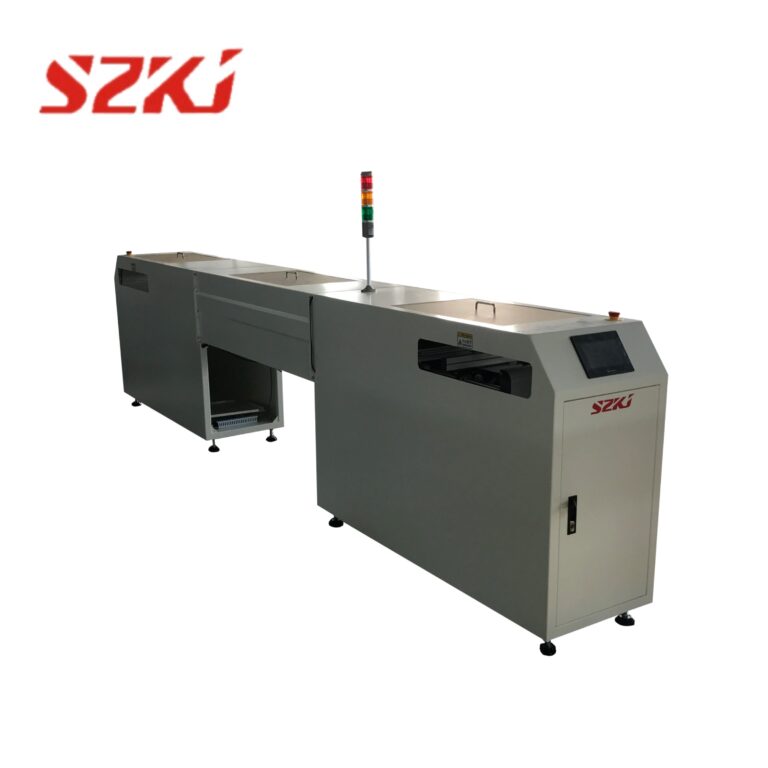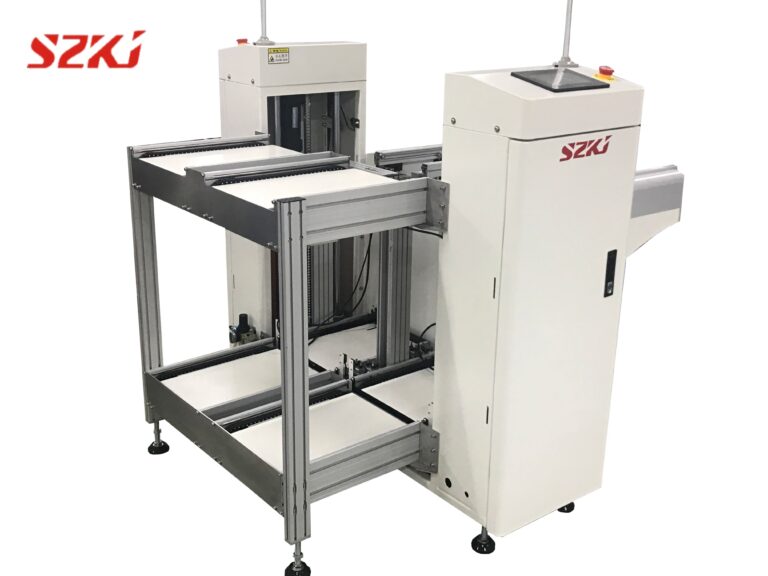1. multiple tasks compete for the same pipeline segment in the same time cycle. For example, if in the instruction pipeline, if the data and instructions are placed in the same storage, and there is only one access interface, then the two instructions will contend for the storage; in some arithmetic pipelines, some operations will access an arithmetic component at the same time.
2. data dependency. For example, A operation must get the result of B operation, however, if B operation has not yet started, A operation action must wait until the completion of the B operation, and the two operations can not be executed at the same time.
Solution:
1. Increase the number of components so that they do not have to compete for the same component.
2. Rearrange the order of instructions or operations by instruction scheduling.
What are some common Q&A questions about pipelining?
1. The pipeline must be always from left to right or right to left.
Generally speaking, because most people are used to the right hand, the assembly line flows from left to right. However, because of the area limitation of some factories, it may lead to at least one of two or more assembly lines flowing in the opposite direction.
2. U-shaped assembly line is appropriate?
Not necessarily, the layout of the production line must be based on the characteristics of the product and process.
3. The faster the speed of the assembly line, the higher its capacity.
The level of production capacity should depend on the bottleneck process of the operating time and the operating time of each station fast, if forced to increase the speed of the production line, but will cause many problems.
4. Assembly line is designed to transport products?
Not exactly. The purpose is to achieve a “continuous value flow” of products.
5. Why is the output lower at the beginning of the shift or during the changeover period?
It is a preparation stage, and it is a problematic time. Therefore, the management of handover is very critical.
6. Does the speed setting of the flow line have to be constant? Every day?
In the same product category should be constant, in different products in the same line production, there will be speed changes. At the same time, because of the problem of new employees, the line speed will be reduced.
7. Pitch mark each frame can only put a product?
Not necessarily, we should pursue a smooth production flow.
8. Does the processing speed of pre-assembly get faster and better? The more buffer stock, the better.
No, should be produced on demand. However, the processing speed of pre-assembly can be slightly faster than the assembly speed.
9. The assembly line to facilitate the detection of backlogs, Kanban can show the progress of the line manager to urge employees to do faster right?
The first two are right, but three is not necessarily, in the case of normal production beat should not urge employees, which will cause some unnecessary problems (eg: urging employees to work hand in hand changes, the check is ignored)
10. The head of the line said someone was on leave, can not line right? If you can not borrow people, let the staff work separately.
Strictly speaking, the first assembly line is less than one person’s cooperation and co-operation will not be able to complete all subsequent operations. If there is one less person in one section, the production will be reduced, but not much. Also, where is the emergency response to this situation? Managers do not consider these common problems, so can still open the factory?
11. Who is more reasonable, employees who produce standing up or sitting down?
Depends on the product/conditions/facilities
12. Should containers on the flow line be specialized or generalized, and what is their size?
Should be designed for most general purpose, not general purpose specialized treatment.
13. The height and width of the flow line and the height and width of the machine how much more reasonable?
Following ergonomic principles, the sitting bench height is 65 ~ 75CM, seat 38 ~ 45; the standing bench 85 ~ 95CM, seat 58 ~ 62, and there are 20 ~ 30 table plates to put feet.




